A millionaire electronics gaming entrepreneur is going to build a composite-bodied sports car in South Wales. No more unusual than a butcher and a German ex-prisoner of war doing exactly the same thing 60 years ago. The former you will have recognised as Les Edgar, the man behind TVR.
Edgar hopes to be building the new Griffith in a factory in Ebbw Vale as soon as building work is complete. Our butcher and PoW might not be so familiar, but you might recall the car company they founded: dragon-badged Gilbern.
This article was originally published on 2 December 2018. We're revisiting some of Autocar's most popular features to provide engaging content in these challenging times.

We’re with Gareth Morgan outside his house in Pencoed, admiring his pair of Gilberns. One is a very rare Invader Mk2 estate and the other is an Invader Mk2 coupé. We’re going to take the coupé on a little tour and visit significant places in Gilbern history, beginning with the small butcher’s shop in Church Village, now a Lloyds Bank, where the story started in 1959. Then we’ll go to the village of Llantwit Fardre, to which Gilbern moved when it outgrew its original home. And once we’ve taken in all the Gilbern sites of interest, we’re going to head to Ebbw Vale and the Rassau Industrial Estate, where TVR’s factory is located. We’ll do a bit of snooping and see what progress is being made.
Morgan remembers seeing finished Gilberns leaving the factory on trailers when he was a kid. Perhaps he saw one of his own cars being delivered. I’ve always liked the Invader. Very clean and simple lines but quite aggressive and muscular.


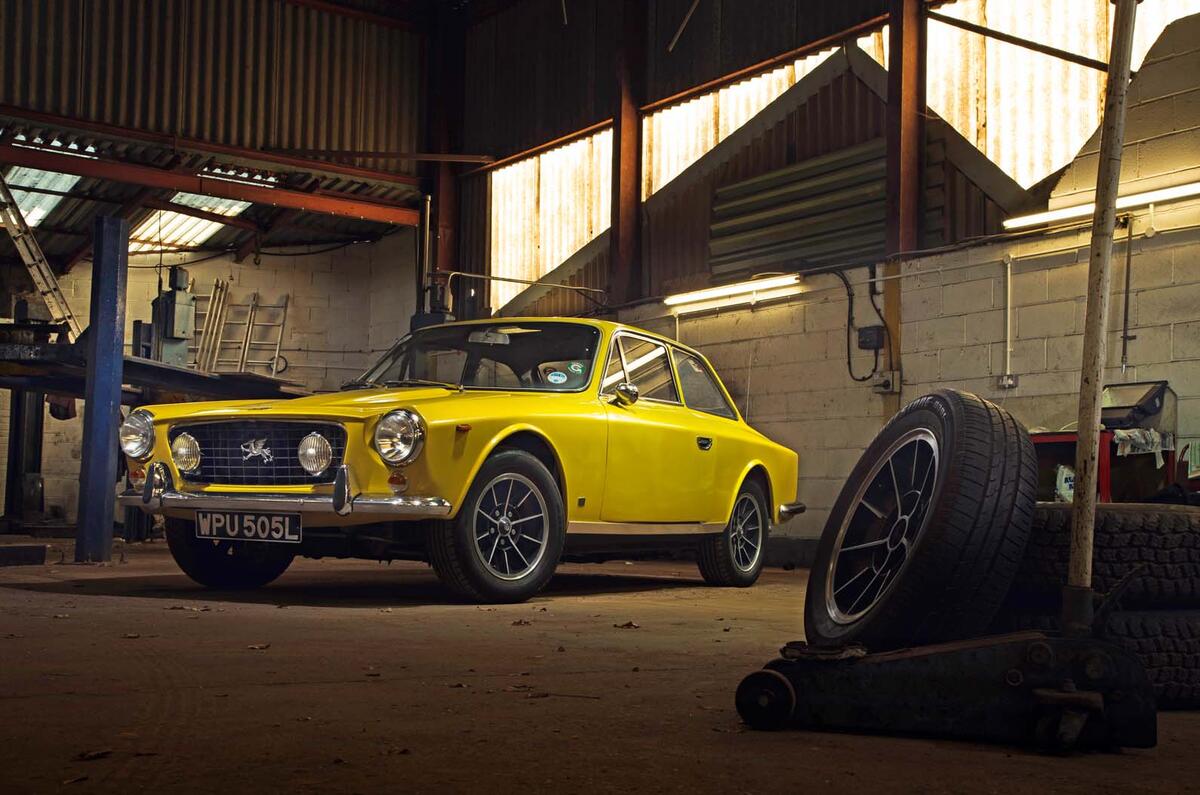
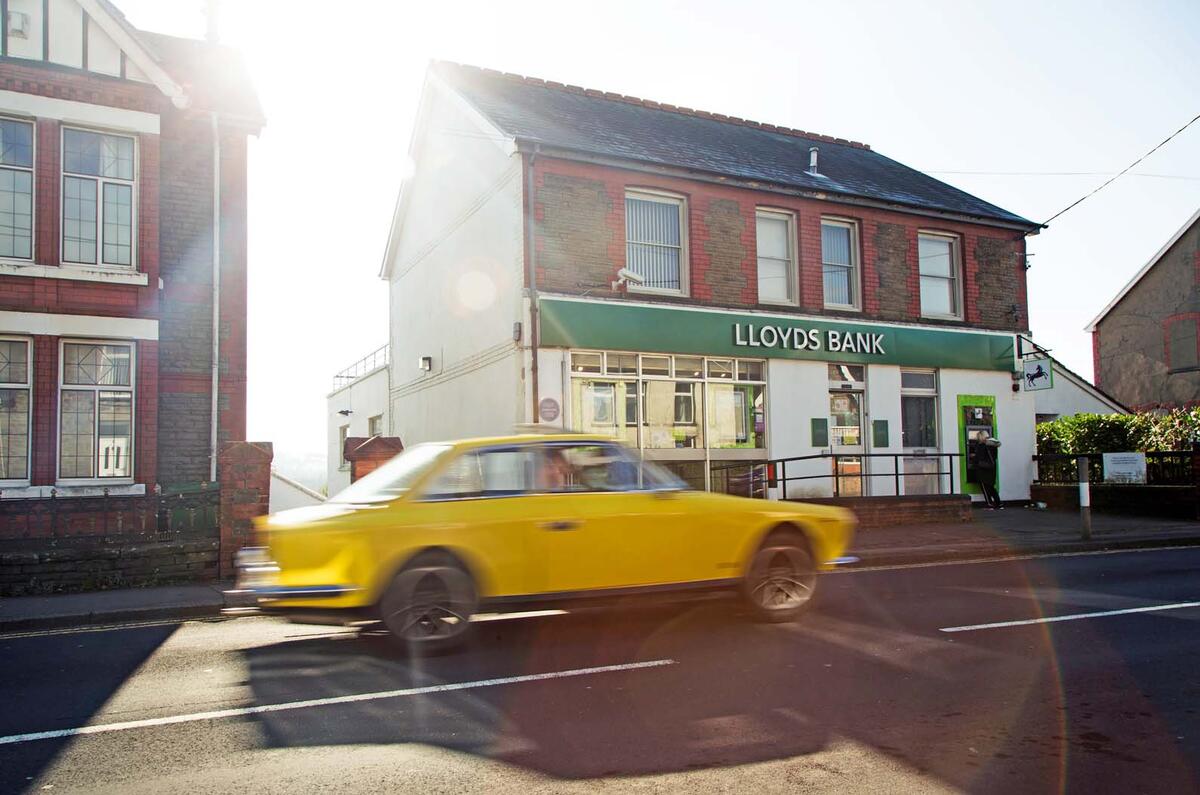
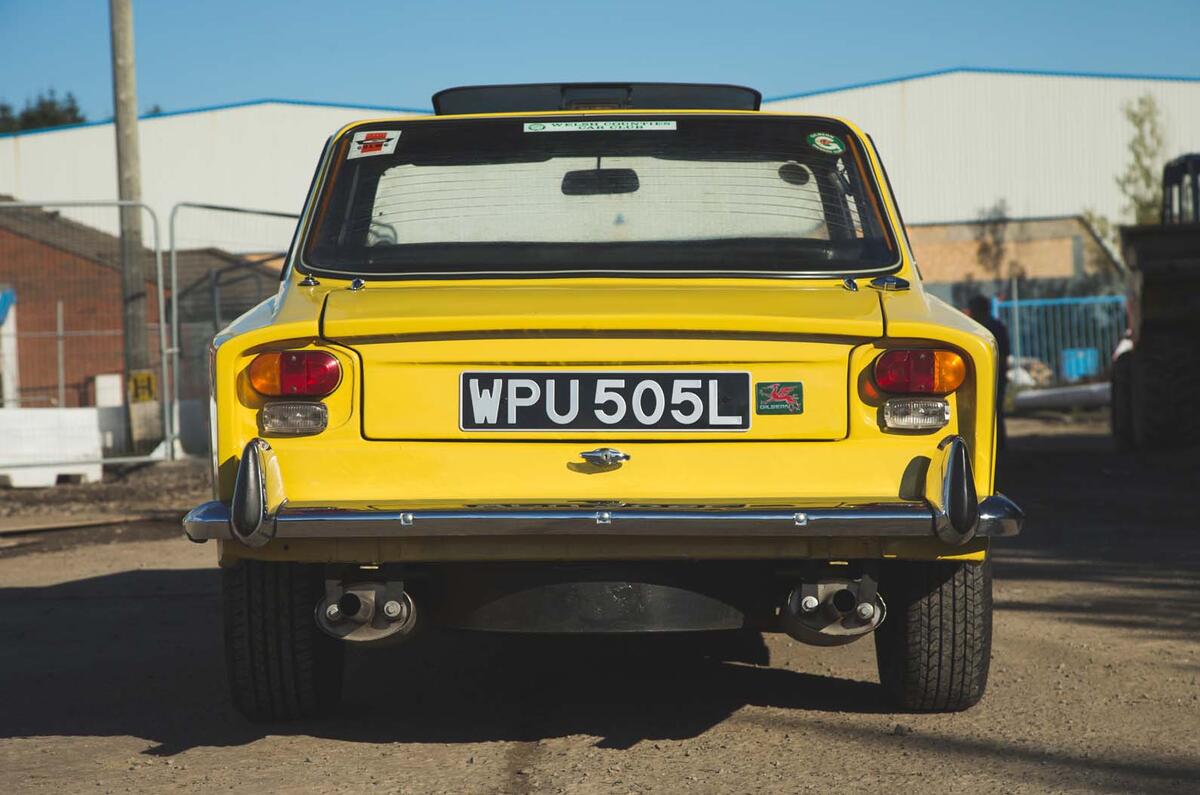
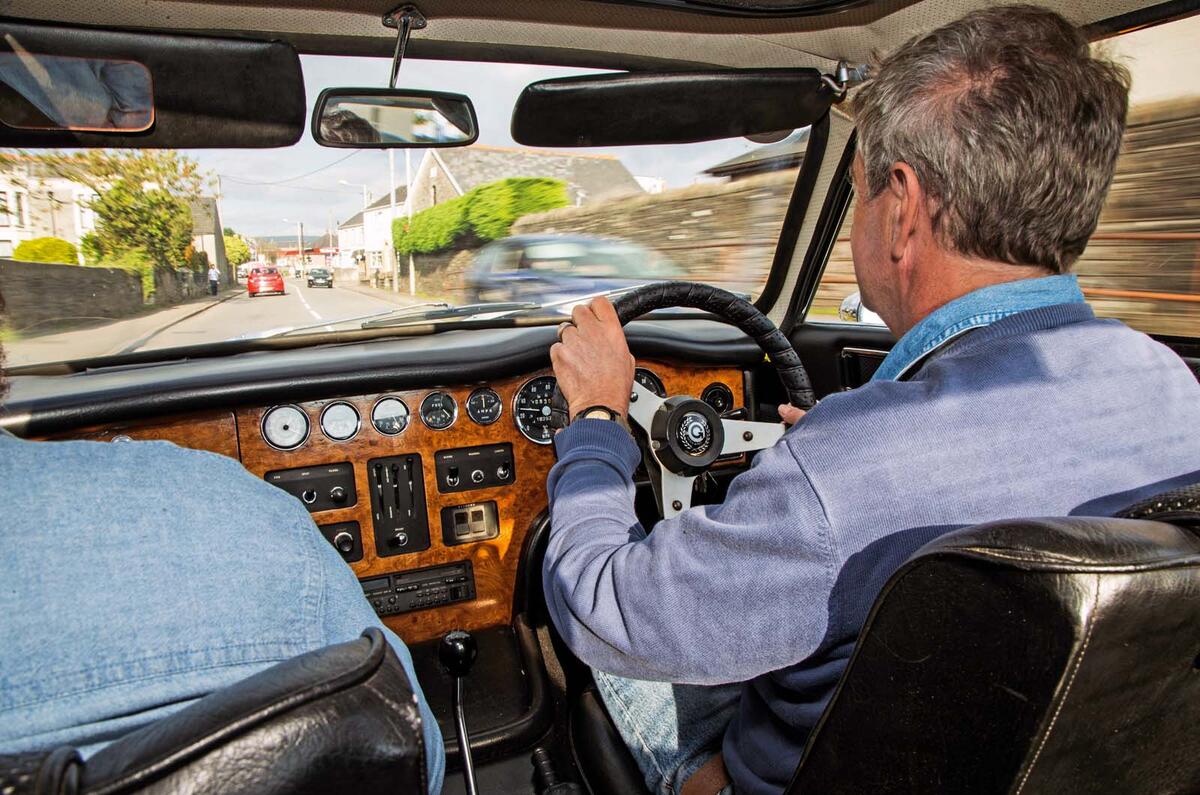
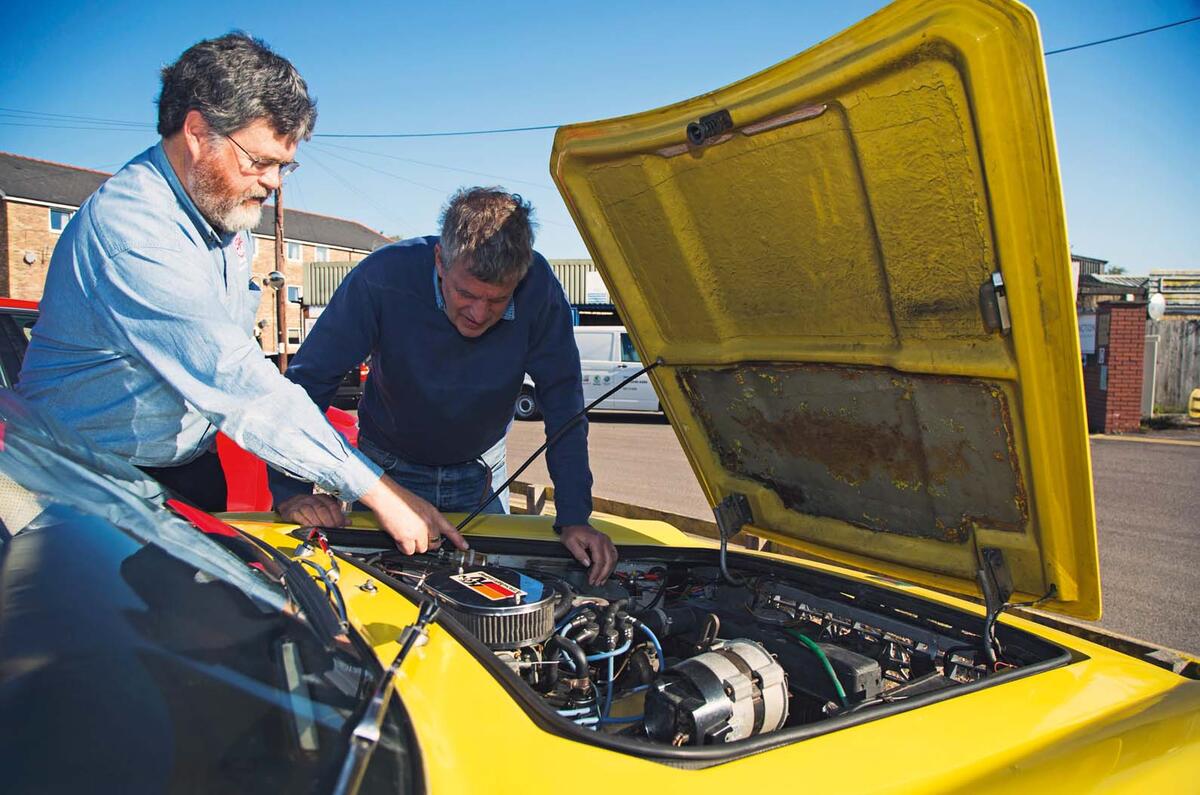
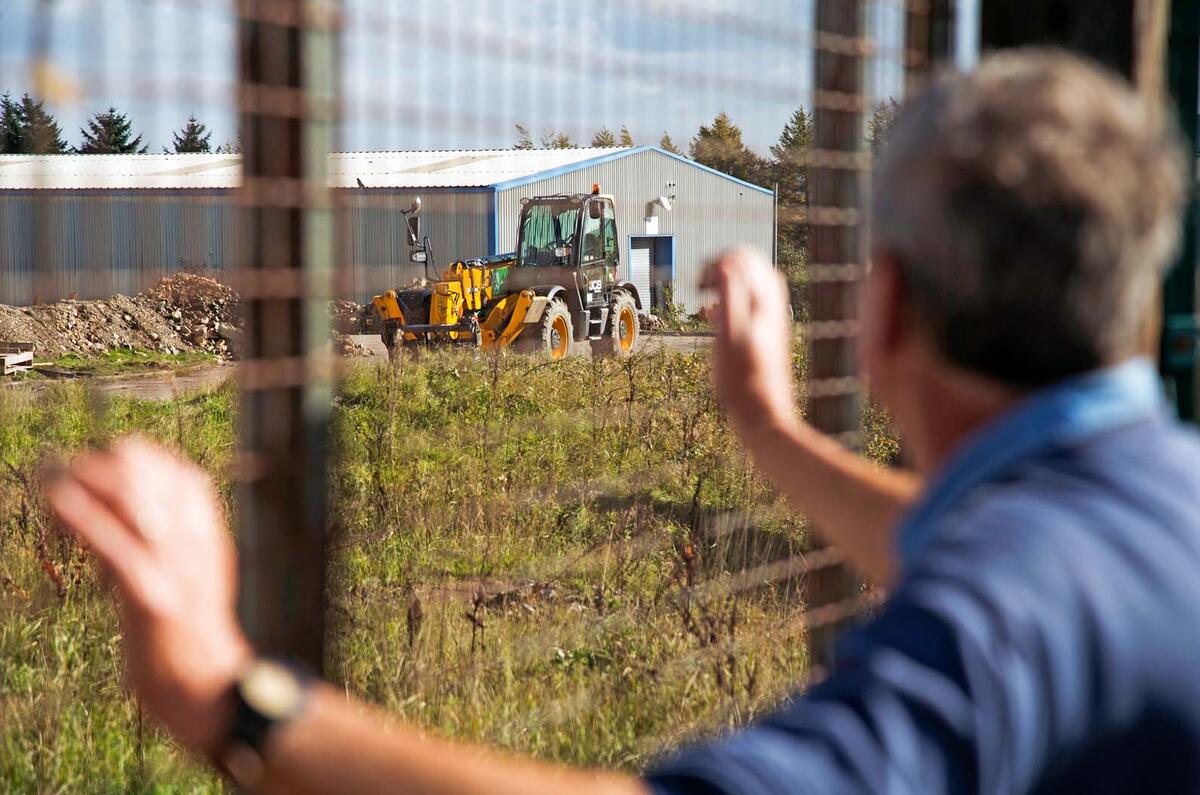
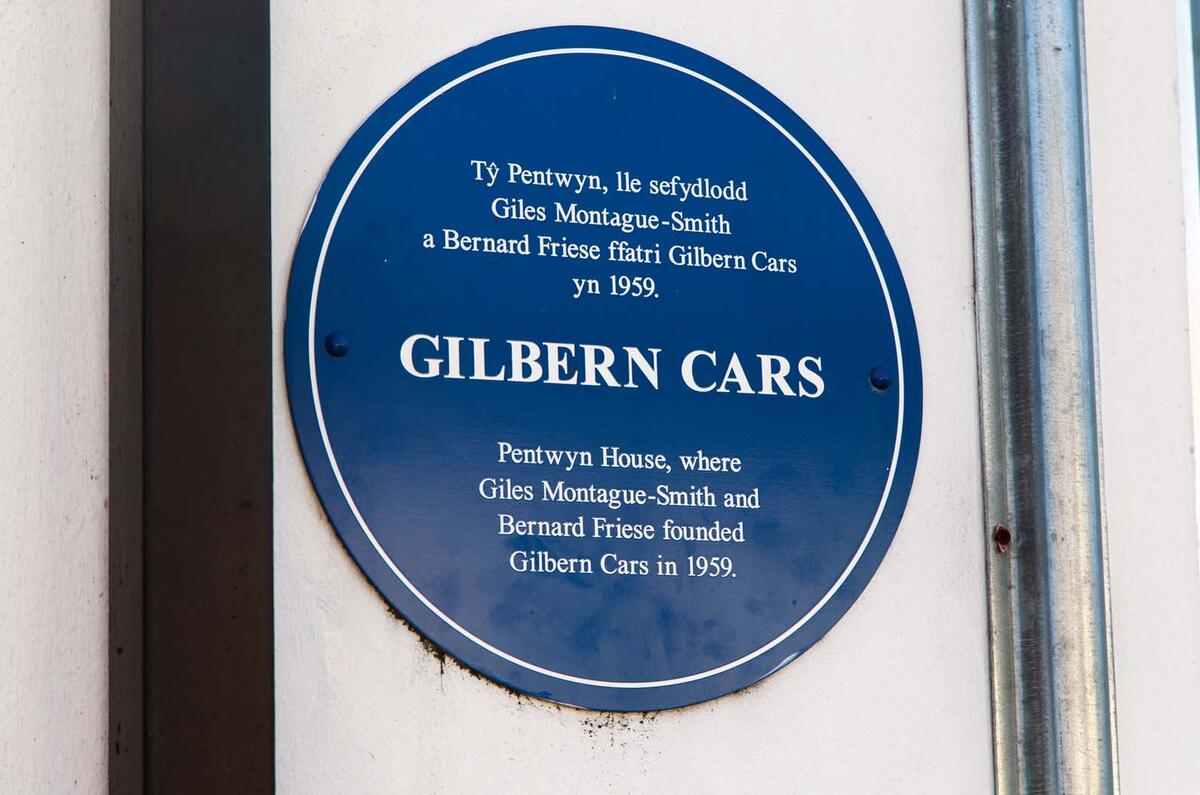
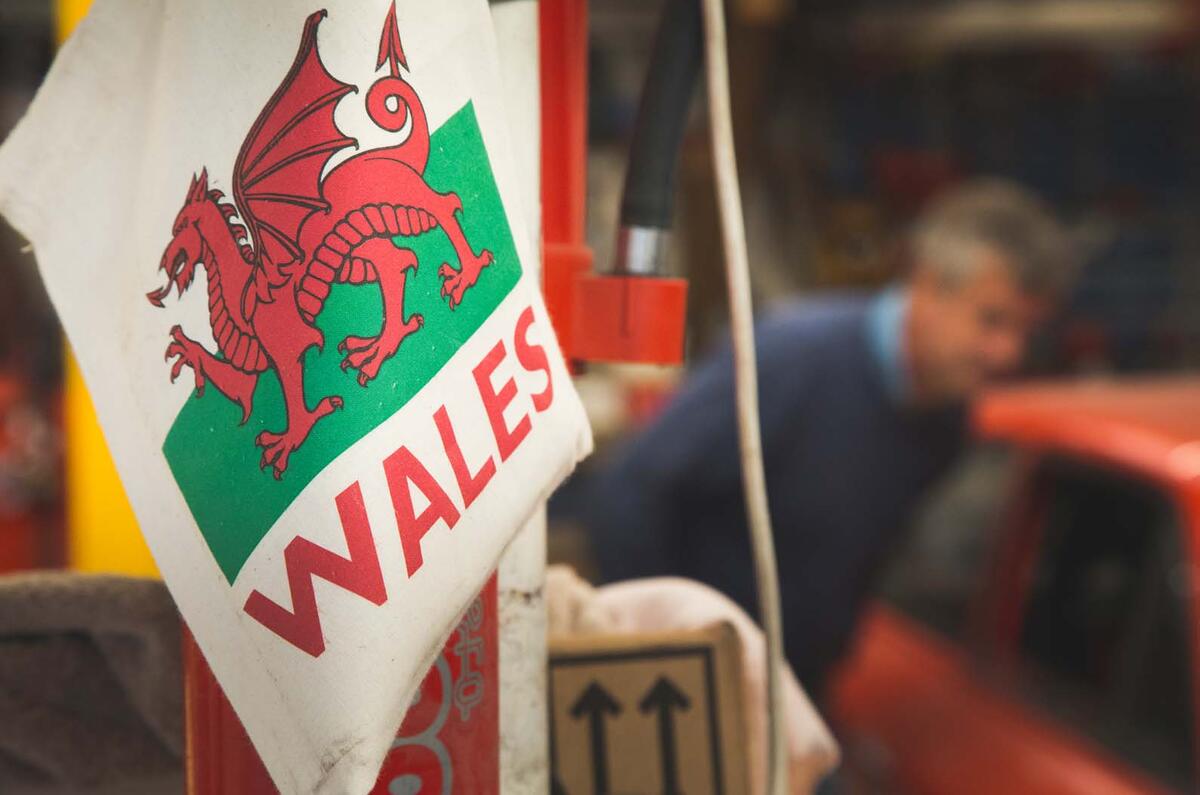
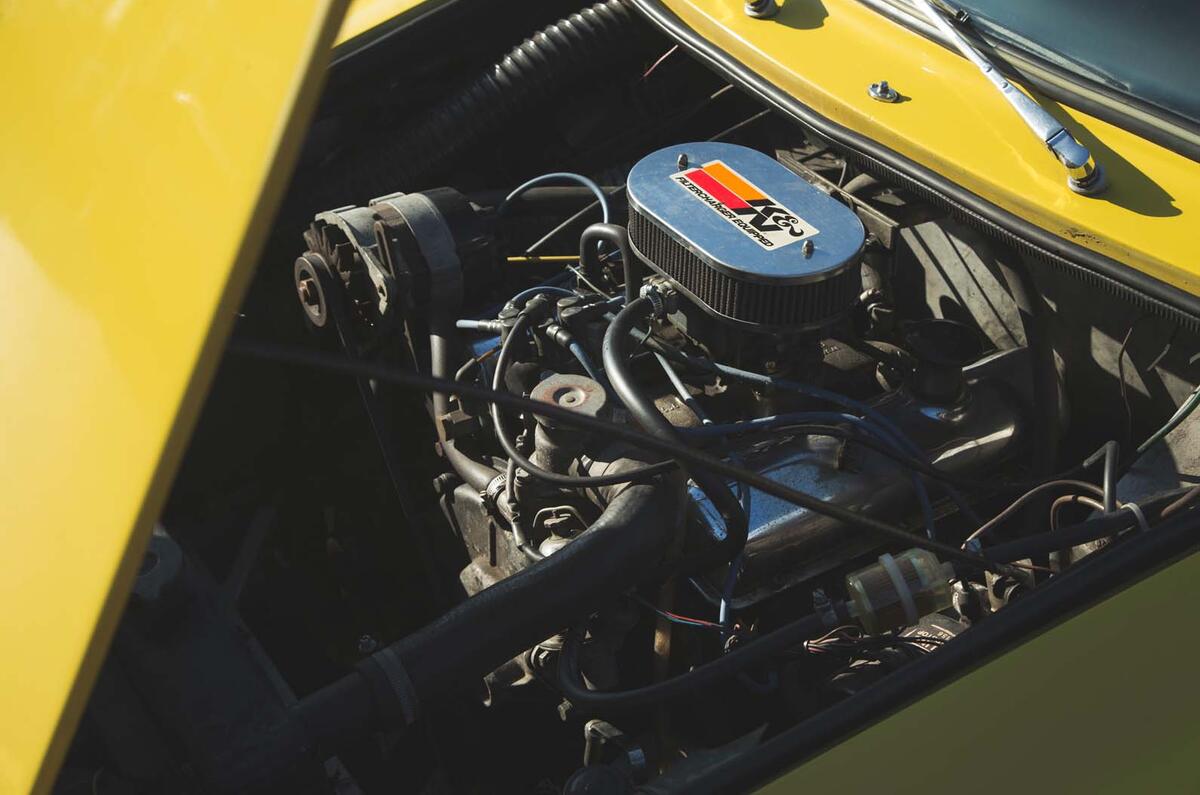
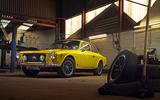
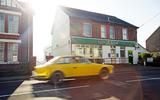
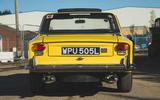

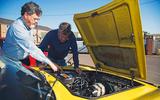
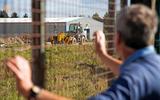
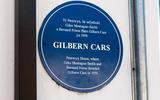

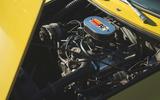


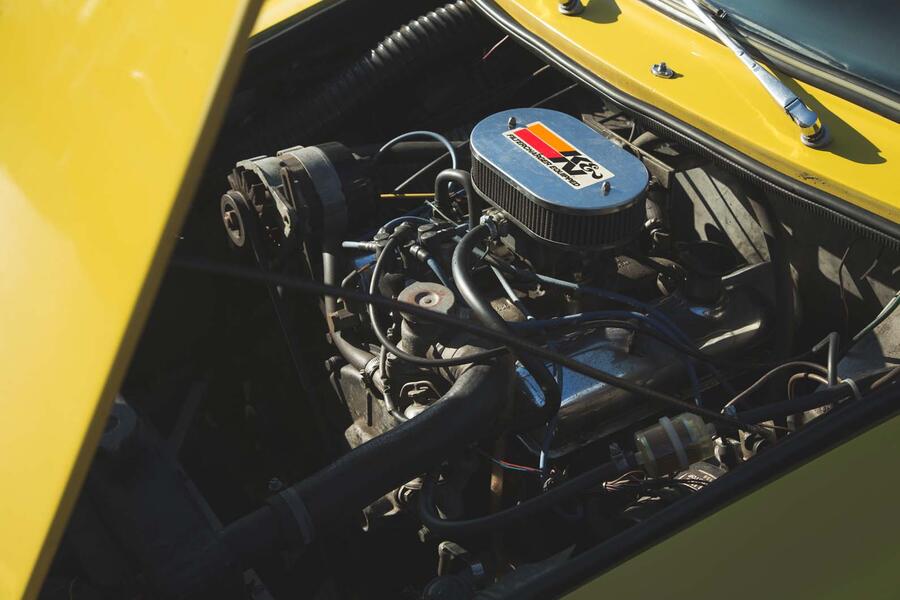
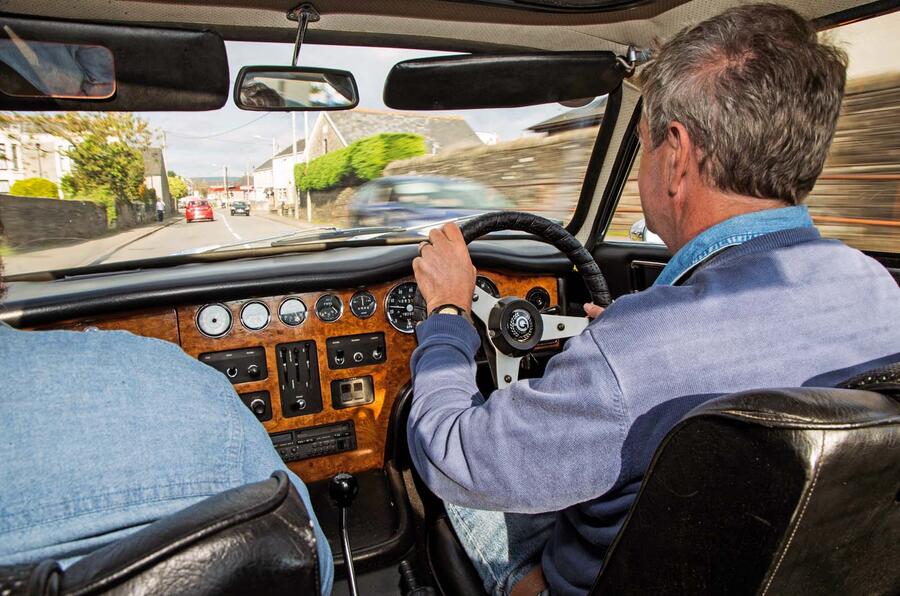

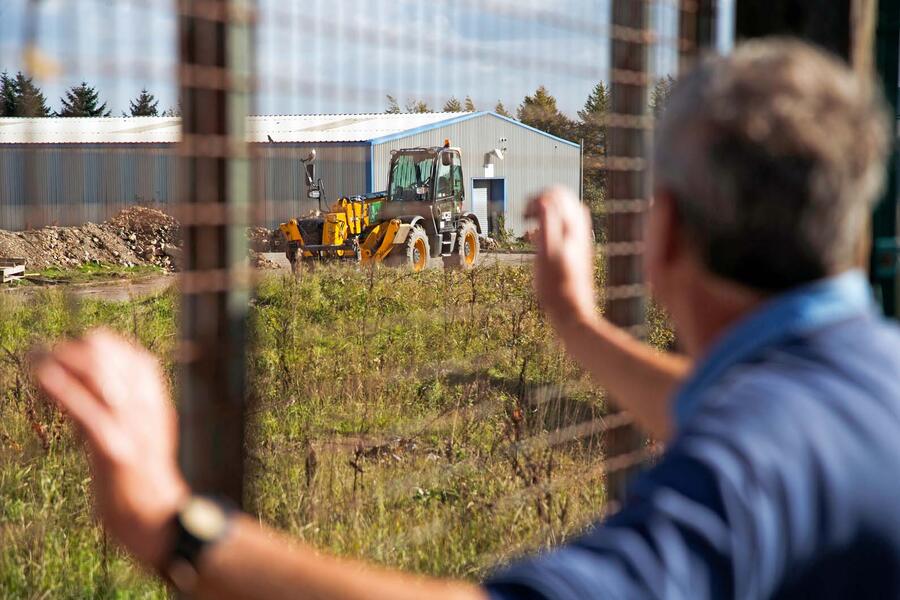



Join the debate
Add your comment
Best Bluetooth speaker for the car
Everyone loves Music. Music is one of the easy ways to enter a soul. This is the reason why most car companies invest in great music systems for cars to ensure that you can enjoy your music in the car or while it is parked outdoors.
However, these days, people do not depend on the manufacturer's music system. This is because there are several excellent Bluetooth speakers that can be used to make the sound in your car the best.
You can check the best wireless Bluetooth outdoor speakers for your car to ensure as you enjoy your ride or your time outdoors, you have a well-performing speaker with you.
Who?
Gilberns were great looking cars. I don't remember TVR, though I recall something about a crowd of fly by nights who were going to build a Ford based special in Wales. Maybe Goodwin could find out a bit more about what happened to them?
Who?
Gilberns were great looking cars. I don't remember TVR, though I recall something about a crowd of fly by nights who were going to build a Ford based special in Wales. Maybe Goodwin could find out a bit more about what happened to them?